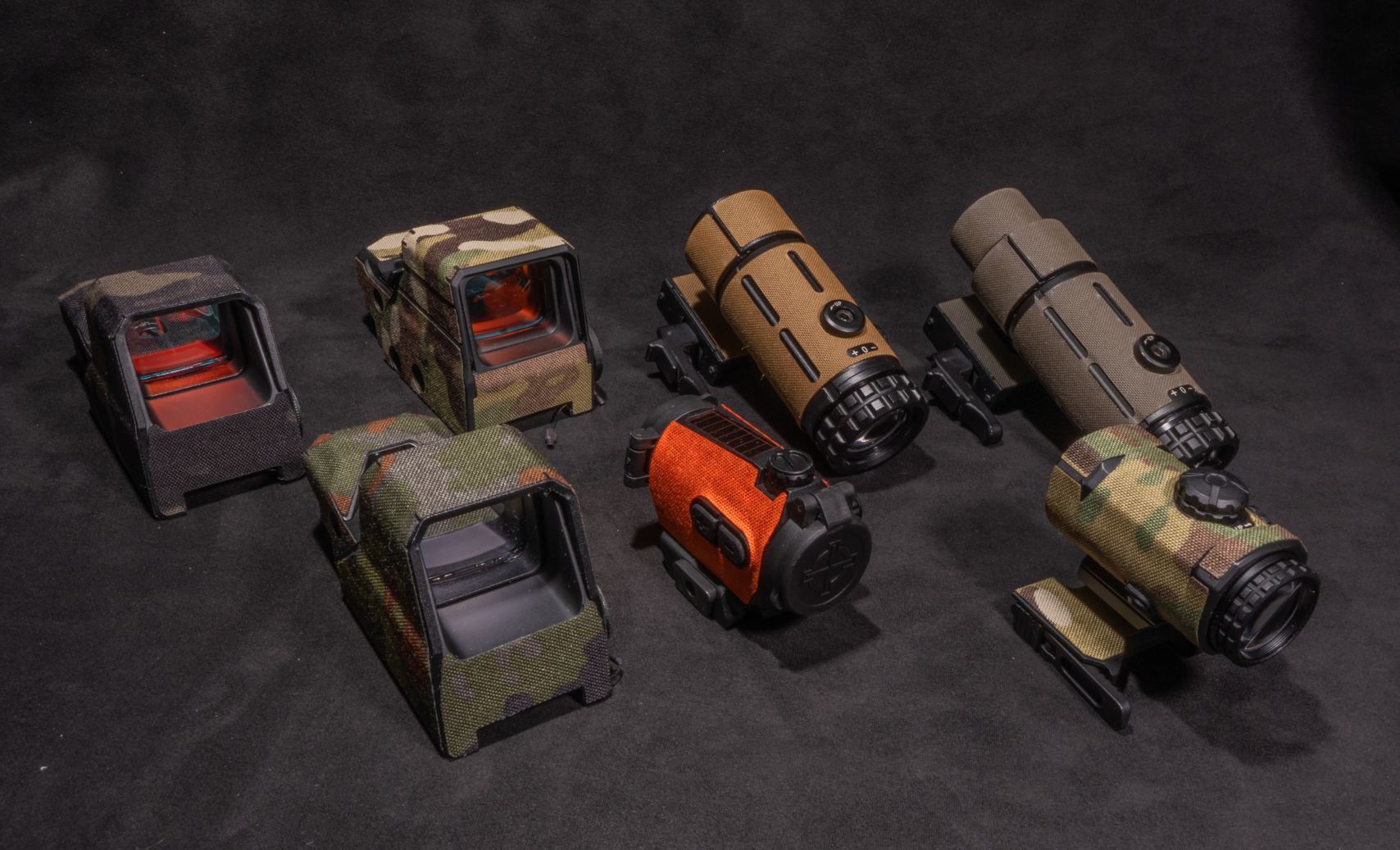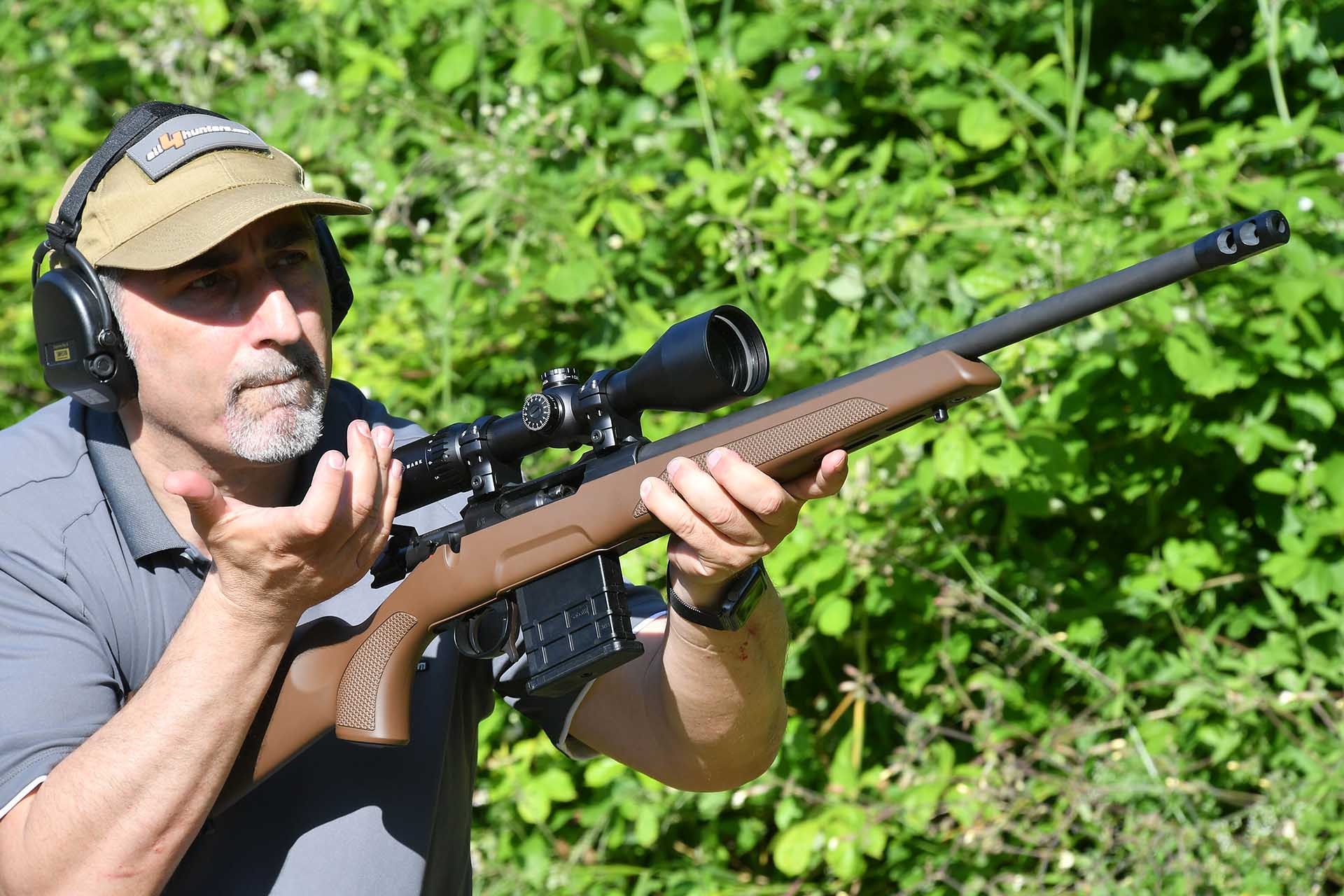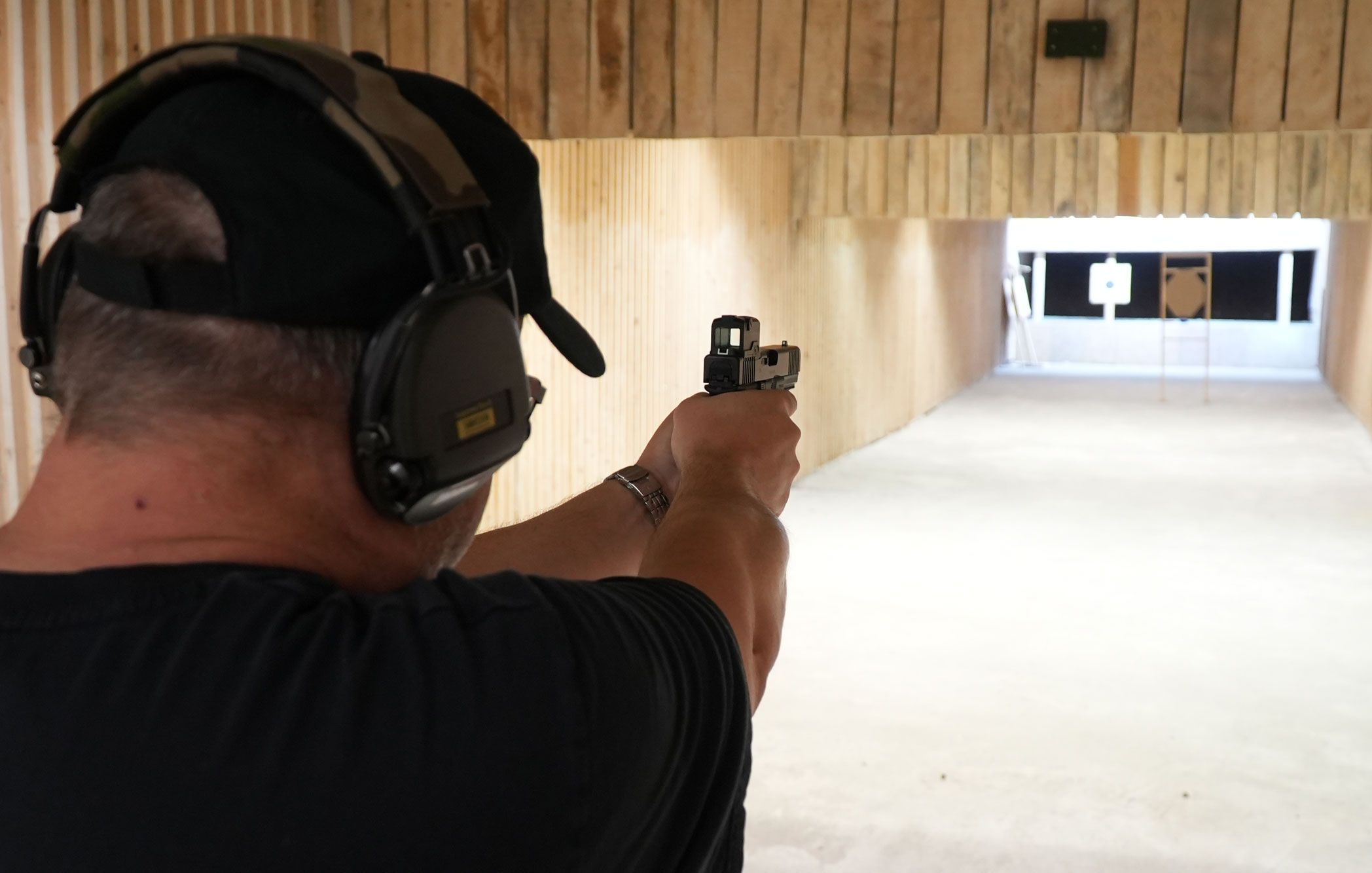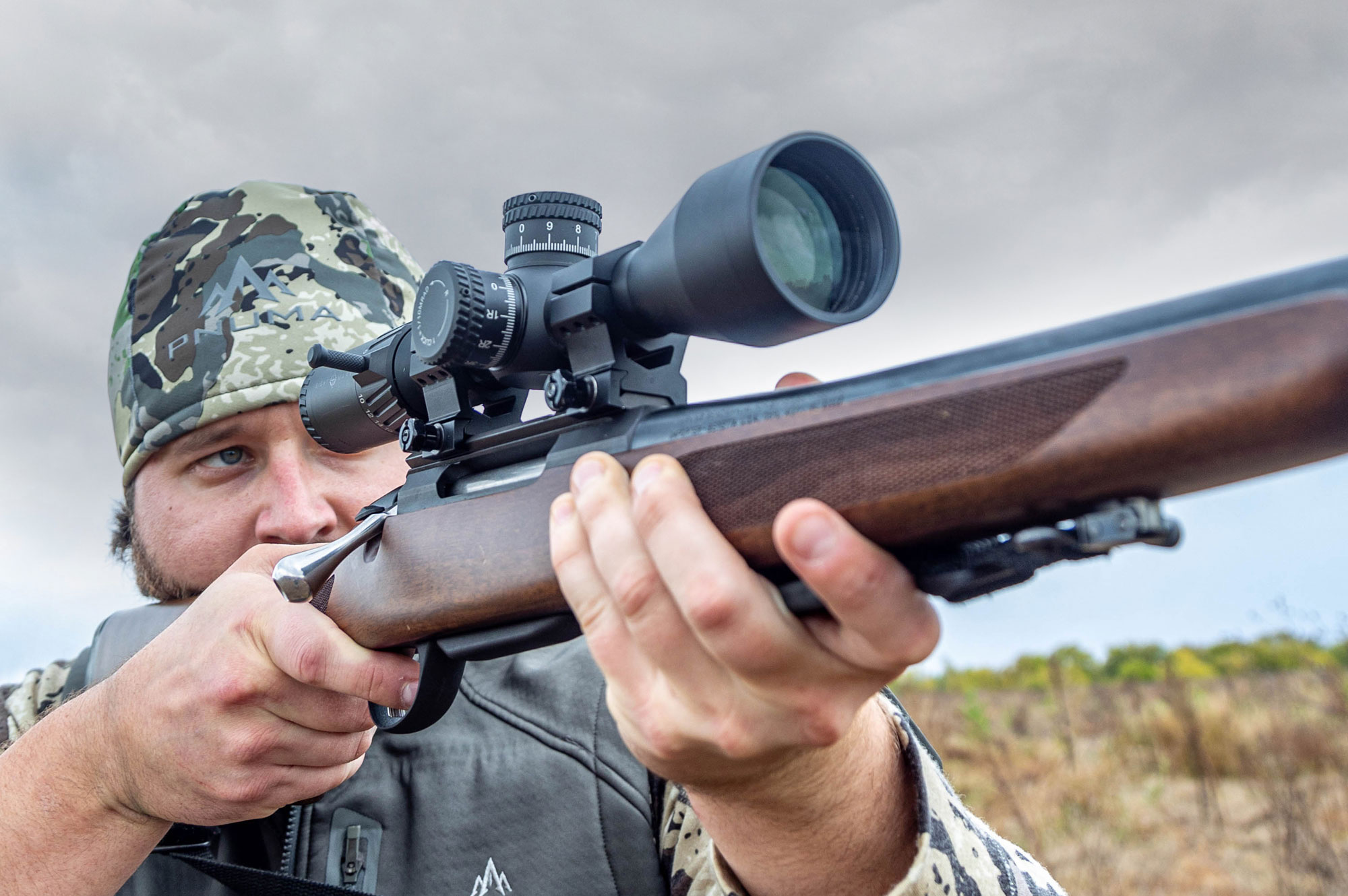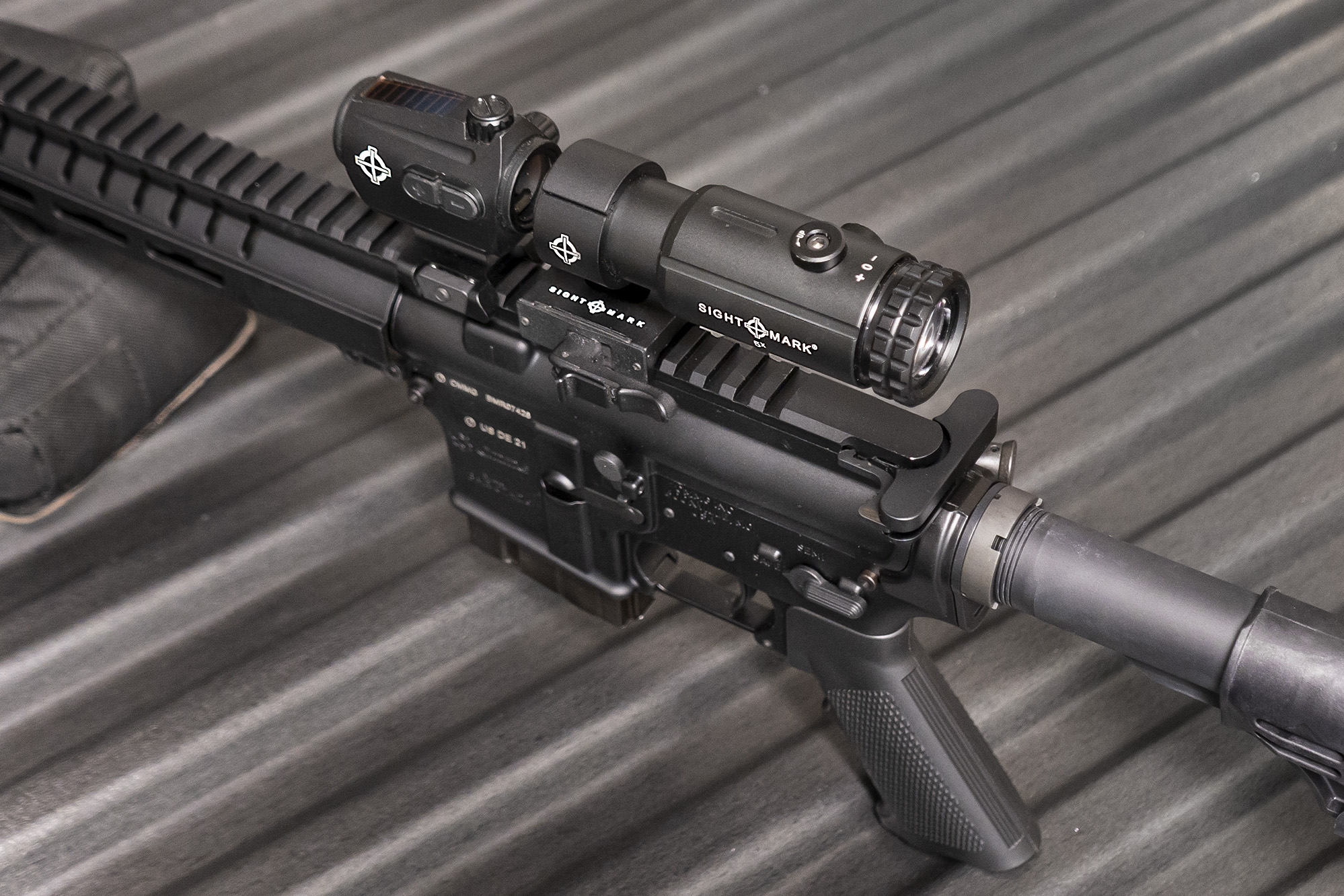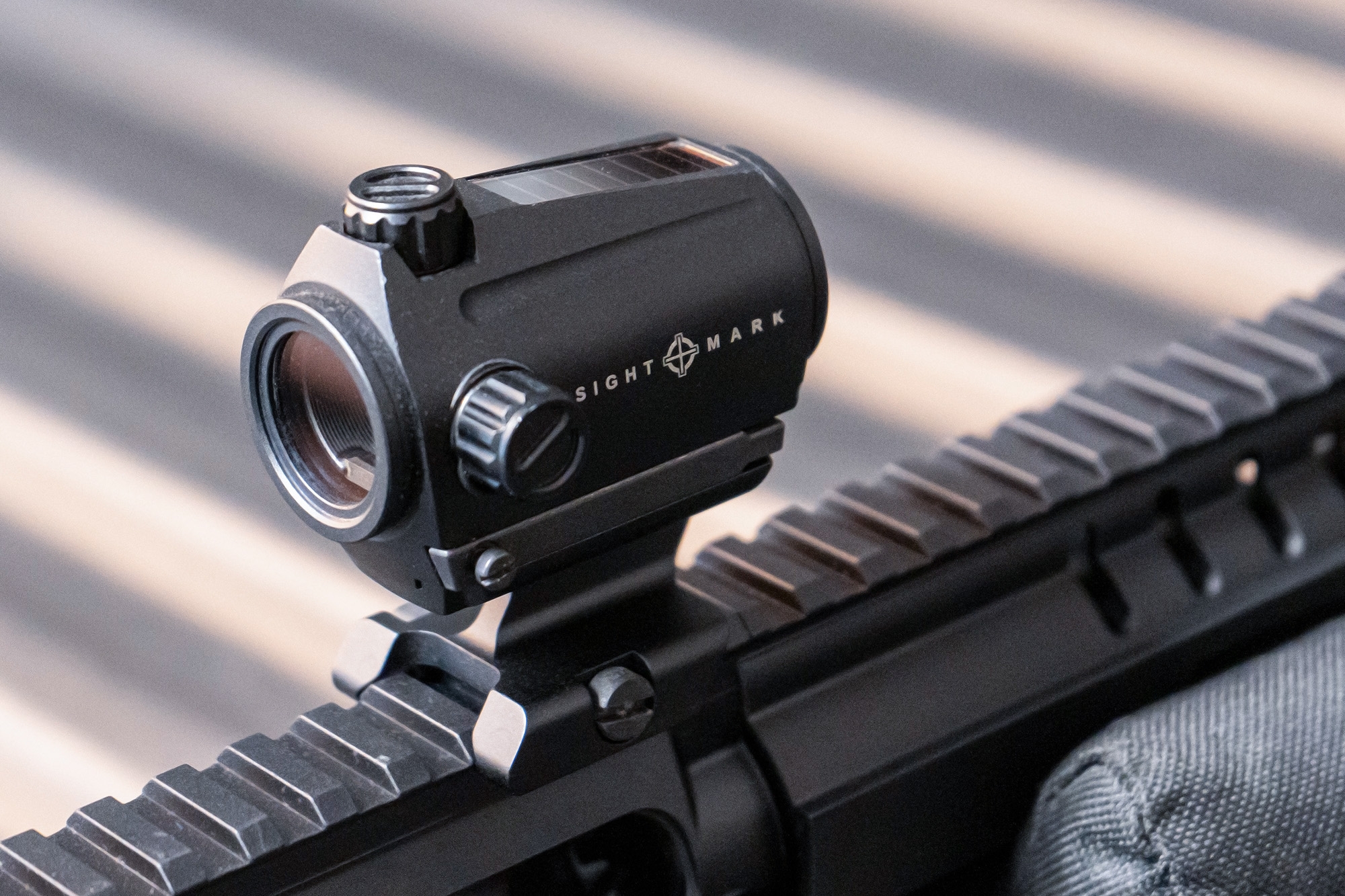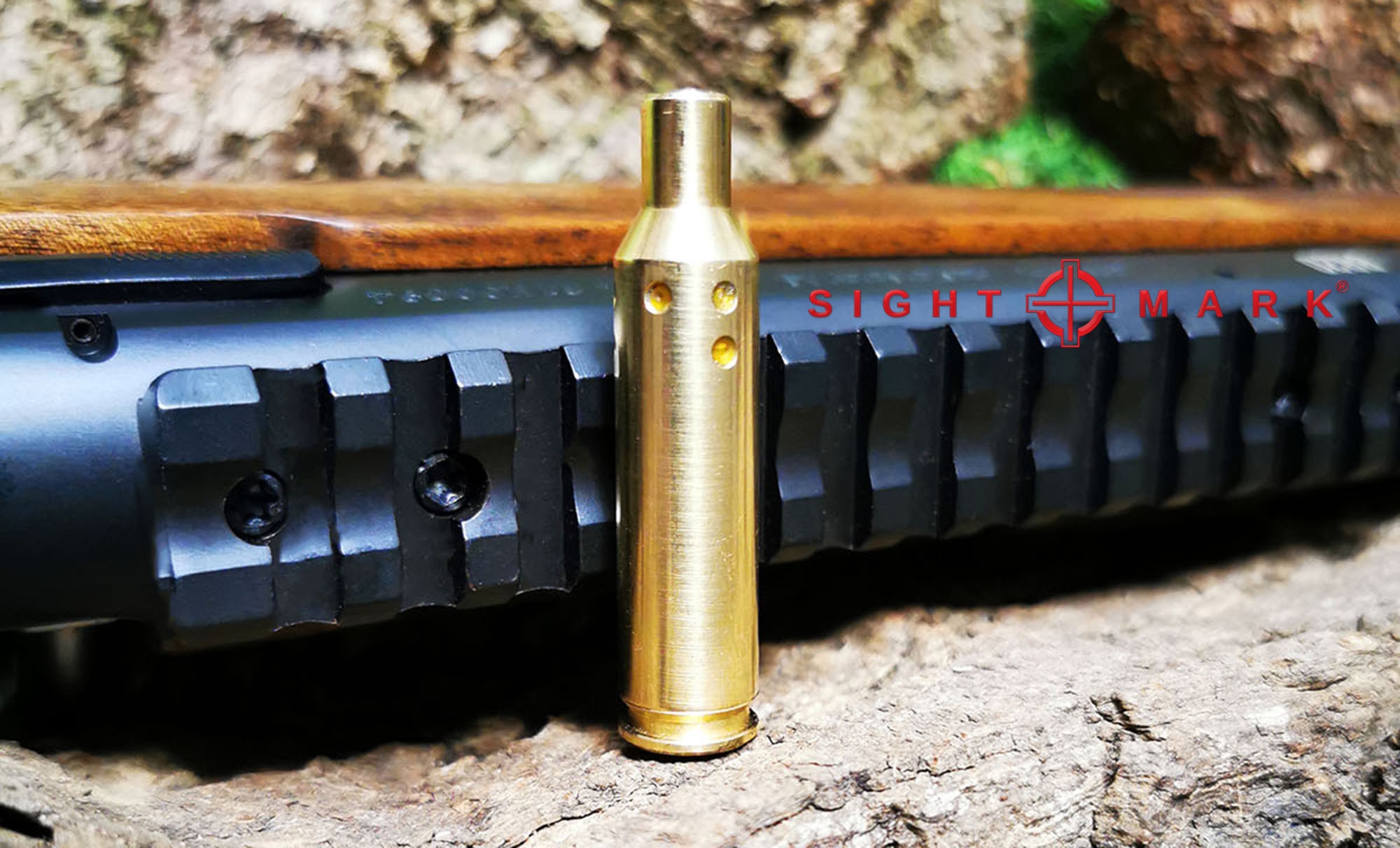Sometimes the founding of a company coincides with its first exhibition at a trade show – this is what happened in the case of optics manufacturer Sightmark, which was founded and introduced at SHOT Show 2007. Since 2011, the US company has been based in Mansfield, in the state of Texas. Research, development, storage and testing are carried out there on an area of over 33,000 square meters. However, most of the manufacturing takes place in Asian countries. With riflescopes, red dot reflex sights, night vision devices, spotting scopes and flashlights, Sightmark supplies not only hunters and sports shooters, but also security companies and law enforcement. The new hunting 1-10x24 HDR riflescope from the Citadel series found its way to the editorial office for testing. We were curious.
The Sightmark Citadel 1-10x24 HDR riflescope in the test
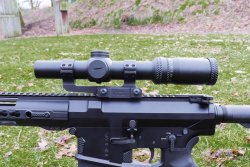
The Citadel series includes a total of four models with partly different reticles to choose from. The smallest scope in the series, a classic driven hunt scope, is the 1-6x24. The 3-18x50 is perfect for raised hide hunting until late twilight. The 5-30x56 is a long-range riflescope and therefore intended more for sporting. That leaves out from the series only the 1-10x24. And to clarify the point raised above in the preamble: the question of driven hunting or raised hide does not arise, because this model is a combination between a driven hunting scope and a raised hide scope. Due to the small lens size, the optic is certainly not a high-flyer for evening hunts. But in combination with a night vision attachment, it could compensate for the disadvantage of the somewhat weak lens.
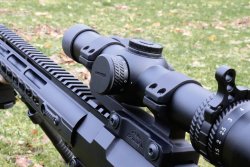
The components are housed in a high-quality tube made from 6061-T6 aircraft aluminum. This comes hard anodized for a tough finish. The turrets add very little bulk and make the scope visually cohesive overall. Protective caps safeguard the elevation and windage adjustment turrets, and you have to unscrew the caps to adjust them. The turrets themselves cannot be zeroed, but they have a cleanly perceptible click adjustment. With an adjustment of ½ MOA per click (1.45 cm per click at 100 meters), the setting is rather coarse if you take the demands of a precision shooter as a basis here. As a hunting all-rounder, however, this fits absolutely. The adjustment is counter clockwise (ccw). The magnification is adjusted via the ring on the eyepiece. This ring has a ribbing for a better grip and runs tight, which prevents unintentional adjustment. As an accessory, Sightmark includes a quick adjustment throw lever, which ensures a fast and safe adjustment of the magnification even with gloves or cold fingers. At the rear eyepiece end, the shooter can set the diopters to values between -2 and +2 respectively. There is no parallax adjustment on the 1-10x24. This is fixed at 100 yards (91.44 meters).
The included objective and eyepiece caps fit perfectly, can be rotated freely, and the caps can be flipped up completely. The Citadel series lenses are all IP67 rated, meaning they are waterproof to a depth of one meter and a "dive time" of one hour. In addition, Sightmark claims impact and recoil-resistant up to .50 BMG caliber. With the lifetime warranty on all Sightmark products, nothing should be able to happen then anyway....
The five reticles of the Sightmark riflescopes:
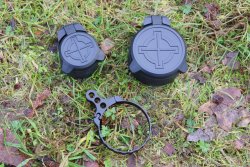
quick adjustment lever.
A total of five reticles are available for selection in the current Citadel series for 2021. However, these are not freely selectable for all scopes. For the 1-6x24, only the illuminated CR1 reticle is available – a tactical reticle in the second image plane, specially calibrated for .223 Remington caliber ammunition with 55-grain bullets. Therefore, it is fully dedicated to dynamic sporting disciplines. The 1-10x24 is also optionally available with the CR1 reticle. The present test model, however, has the HDR reticle as an alternative. A classic reticle 4 with illuminated red dot, perfect for hunting – this is already revealed by the designation: "HDR" stands for "Hunter Dot Reticle". For the sake of completeness, the other Sightmark reticles should also be discussed: three different reticles are available for the 3-18x50 version. The LR1 and LR2 are tactical reticles with the difference that the LR1 is calibrated to MOA and the LR2 to Mrad. Both reticles are illuminated and in the first image plane. A cloud of points below the center aiming point provides a large number of hold points for both elevation and windage. Furthermore, the MR2 reticle is available for the 3-18x50. This is roughly equivalent to the LR2 reticle, only without the point cloud. The largest scope in the series, the 5-30x56, is again only available with the LR2 reticle.
How does the Sightmark Citadel 1-10x24 HDR perform in the box test?
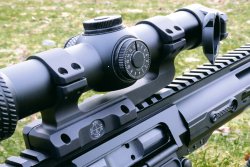
A riflescope that is suitable for driven hunts as well as for raised hide – of course, something like this has to pass both an accuracy test and a dynamic test. So using an EraTac block mount, the testers fitted the Texan-Chinese riflescope to a Tikka T3 model repeater in .308 Winchester and zeroed in the set on target. This was followed by a classic "box test" over a distance of 100 yards. The scope was adjusted 10 MOA up and 10 MOA to the right. With the same aiming point, the hits now had to be 29.1 cm too high and 29.1 cm too right. After that, it was turned down by 10 MOA, or 20 clicks, and fired again. This game was repeated until the original grouping was reached again. The grouping circles (five-shot groups) were then averaged for evaluation. The resulting square should theoretically have an edge length of 22.91”/58.2 cm. The sides of the rectangle obtained in the test were between 22.99”/58.4 and 23.77”/60.4 cm. According to the testers' experience, this was not a perfect result, but a quite acceptable one – especially in this price range. Unfortunately, the dynamic test could not be shot under real conditions. Due to the ongoing Corona lockdown, the appropriate stands were closed at the time of testing. Therefore, the testers only performed dry-fire aiming with a HERA Arms The9er in the home premises, thoroughly checking all adjustment options. All in all, the Sightmark proved to be an easy-to-use optic, which – subject to a later dynamic night test – seems to meet the requirements of driven hunts in any case.
Sightmark Citadel 1-10x24 HDR specs and price
| Model: | Sightmark Citadel 1-10x24 HDR |
| Price: | 629 euro
(price may vary in your country) |
| Objective Lens Diameter: | 24 mm |
| Length: | 11”/280
mm at diopter setting 0 |
| Main Tube: | 30 mm |
| Reticle: | HDR, 2nd
image plane, illuminated reticle |
| Click Adjustment: | 1/2
MOA/click (1.45 cm/click at 100 m) |
| Elevation Adjustment: | 138 (402
cm/100 m) |
| Windage Adjustment: | 138 (402
cm/100 m) |
| Parallax Adjustment: | 91.44 m
fixed |
| Weight: | 17.9
oz/508 g |
Sightmark Citadel 1-10x24 HDR: test conclusion
With the Citadel 1-10x24 HDR, the Sightmark company shows that a usable riflescope doesn't always have to be expensive. The combination of driven hunting/rised hide scope features additionally saves the hunter the acquisition of a second optic. According to the testers, Sightmark in fact manages to combine these two features very well. The compromise is only on brightness due to the small objective lens diameter. The feel of the optic can be classified as premium-like, the accuracy is in the midfield. And the price/performance ratio seems hard to beat. This should make it especially interesting for young hunters.
What we liked: | What we found less good: |
| Zoom
range ideal for raised hide and driven hunting | The
turrets can't be zeroed |
Zoom adjustment ring is very handy and a quick adjustment lever is included | The small
objective lens diameter – It requires a compromise in brightness |
Lifetime warranty | |
Good haptics | |
For an inexpensive scope, a good performance in the box test |
Text: Daniel Lang, Benjamin Albrecht and Matthias S. Recktenwald
For more information on the Citadel 1-10x24 HDR please visit the Sightmark website.



